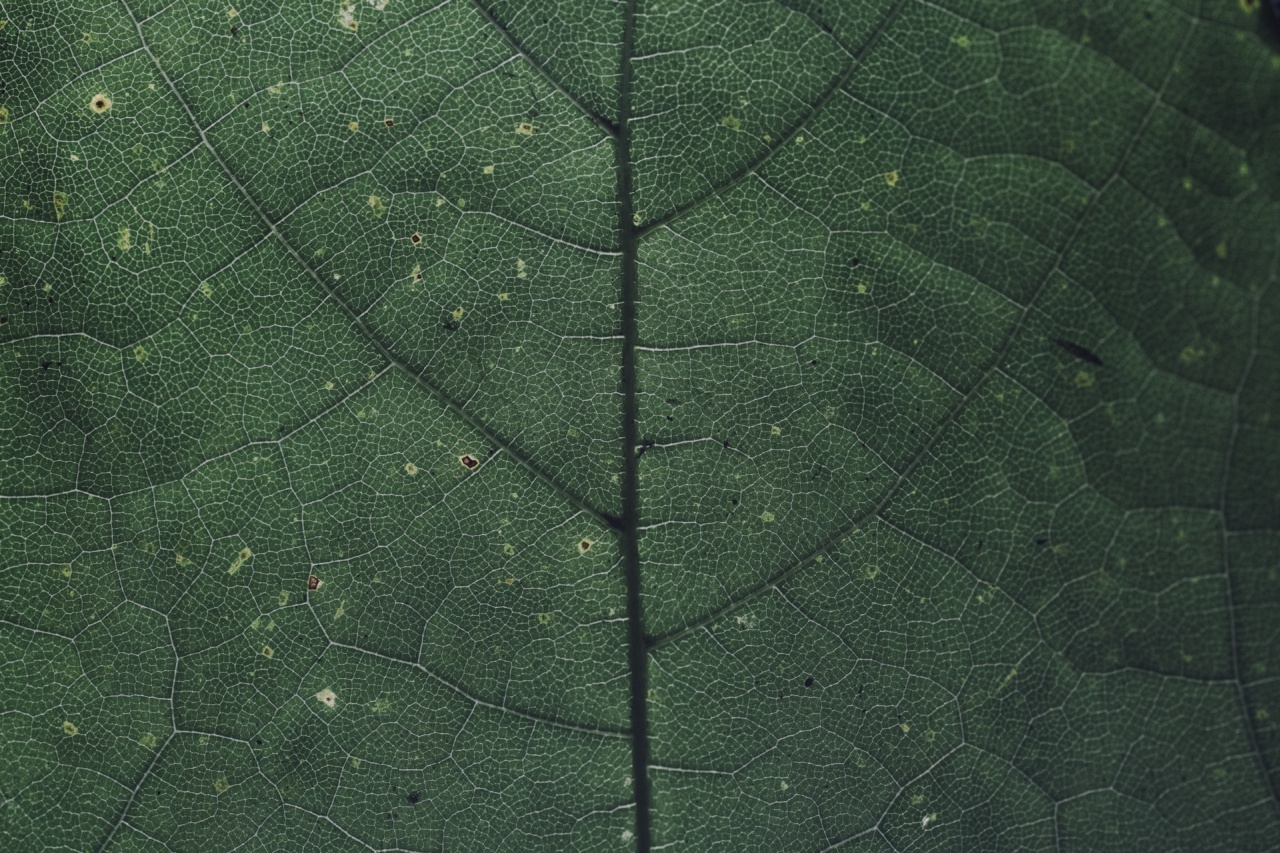Varicose veins are a common condition that affects millions of people worldwide. These dilated and twisted veins primarily occur in the legs and can cause discomfort, pain, and swelling.
While varicose veins may not be entirely preventable, there are several effective remedies that can help alleviate symptoms and improve the appearance of affected veins. In this article, we will discuss ten of these remedies and how they can provide relief.
1. Exercise Regularly
Engaging in regular physical activity is essential for promoting healthy blood circulation and preventing the development or worsening of varicose veins.
Exercise helps strengthen the muscles in the legs, facilitating the efficient flow of blood against gravity. Low-impact exercises such as walking, cycling, swimming, and yoga are particularly beneficial for individuals with varicose veins.
However, it is important to avoid high-impact exercises, such as running or weightlifting, as they may increase pressure on the veins.
2. Maintain a Healthy Weight
Excess weight places additional pressure on the veins, which can contribute to the development of varicose veins or exacerbate existing ones.
Maintaining a healthy weight through a balanced diet and regular exercise is crucial for reducing the strain on your veins and improving circulation. Eating a diet rich in fiber, fruits, and vegetables can also help prevent constipation, which can put added pressure on the veins in the lower legs.
3. Wear Compression Stockings
Compression stockings are specially designed to improve blood flow in the legs. These elastic stockings apply pressure on the legs, helping to compress the veins and enhance circulation.
They can significantly reduce pain, swelling, and discomfort associated with varicose veins. Compression stockings are available in different strengths and lengths, so it is advisable to consult with a healthcare professional to determine the most suitable type for your needs.
4. Elevate Your Legs
Raising your legs above heart level can alleviate symptoms and reduce swelling caused by varicose veins. This simple remedy helps to drain excess blood from the affected veins and improve circulation.
To elevate your legs effectively, lie down on a bed or couch and prop your legs up on a pillow or cushion for about 15 minutes several times a day. Alternatively, you can also elevate your legs against a wall or use a leg elevation device.
5. Avoid Prolonged Sitting or Standing
Prolonged periods of sitting or standing can lead to poor blood circulation and worsen varicose veins. If your job requires you to sit or stand for long periods, make an effort to take frequent breaks and engage in gentle leg exercises.
When sitting, avoid crossing your legs and keep them elevated whenever possible. If standing for extended periods is unavoidable, try shifting your weight from one leg to another or walk around briefly whenever you can.
6. Follow a High-Fiber Diet
A high-fiber diet can help prevent constipation and promote healthy bowel movements, which, in turn, reduces pressure on the veins.
Foods such as whole grains, legumes, fruits, vegetables, and nuts are excellent sources of fiber and should be incorporated into your daily diet. Moreover, a high-fiber diet aids in weight management and promotes overall cardiovascular health, both of which are beneficial for managing varicose veins.
7. Use Herbal Remedies
Several herbal remedies are known to improve blood circulation and alleviate symptoms associated with varicose veins.
Horse chestnut seed extract, for example, contains a compound called aescin that has been proven to strengthen blood vessels and reduce inflammation. Similarly, butcher’s broom extract and grape seed extract are also believed to enhance blood flow and reduce swelling.
It is important to consult with a healthcare professional or herbalist before using any herbal remedies to ensure safety and effectiveness.
8. Avoid Tight Clothing and High Heels
Wearing tight clothing, particularly around the waist and legs, can restrict blood flow and exacerbate varicose veins. It is advisable to opt for loose-fitting clothing made from breathable fabrics, such as cotton or linen.
Additionally, high-heeled shoes should be avoided as they can impair circulation and strain the leg muscles. Instead, choose comfortable shoes with low heels or flats, which promote proper blood flow.
9. Cold/Warm Water Therapy
Alternating between cold and warm water therapy can effectively reduce the symptoms of varicose veins. Cold water helps constrict the blood vessels, reducing swelling and pain. On the other hand, warm water promotes blood flow and relaxes the muscles.
To practice this therapy, fill two tubs or buckets – one with cold water and the other with warm water. Sit with your legs in cold water for a couple of minutes, then switch to warm water for a couple of minutes. Repeat this process for 15-20 minutes, ending with cold water.
10. Undergo Sclerotherapy or Endovenous Laser Treatment
For severe cases of varicose veins, medical interventions such as sclerotherapy or endovenous laser treatment (EVLT) may be required. Sclerotherapy involves injecting a solution into the affected veins, causing them to collapse and fade over time.
EVLT, on the other hand, uses laser energy to seal off damaged veins, redirecting blood flow to healthier veins. These procedures are typically performed by specialized healthcare professionals and may require multiple sessions.





























